Location: various locations
Duration: If you follow parts 1 and 2, the day will be almost full.
4. Pessoa’s grave, initially
Location: Cemitério dos Prazeres
Address: Praça São João Bosco 568, 1350-297 Lisbon.
How to get there: Tram 28E, final stop (the famous yellow tram)
Opening hours: 9:00 a.m. to 5:00 p.m. (October to April) and until 6:00 p.m. in May to September
Cost: free
After his death, Pessoa was buried at the Cemitério dos Prazeres alongside his family. It is a beautiful cemetery, but it is located close to the airport, so planes fly low overhead constantly.

Upon entering, you will notice the many cats, who apparently have a good life here.

If you walk all the way to the end of the cemetery, you will look out over a valley and, on the left, the large suspension bridge over the Tagus River, the 25 April Bridge.
A Catholic cemetery with many small houses and mausoleums. This creates entire streets of the dead.
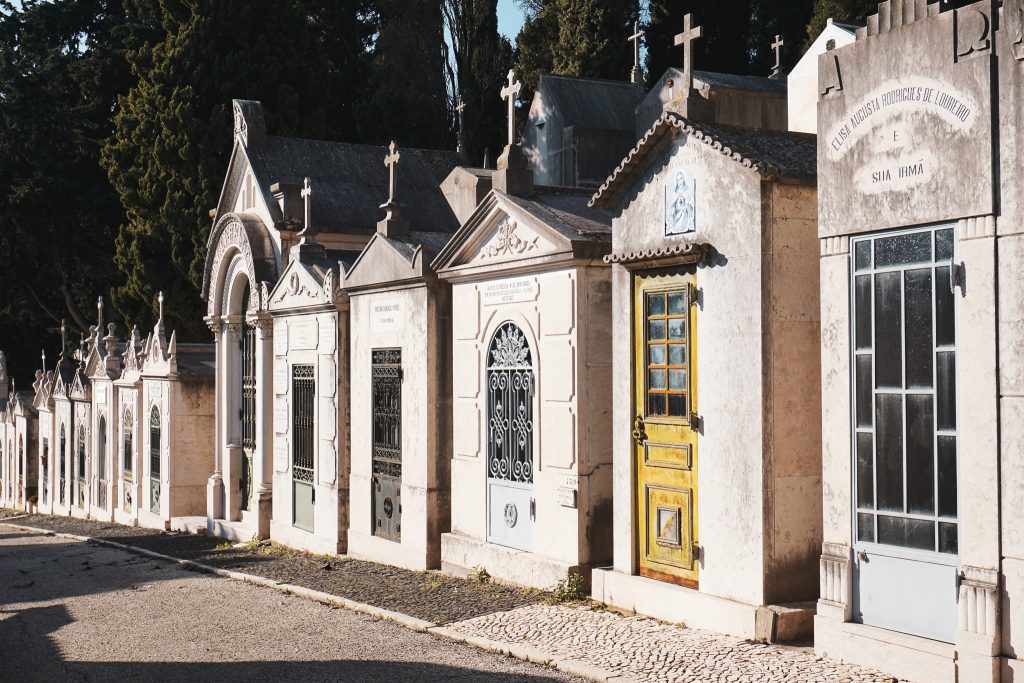
The windows are striking, allowing you to look inside.
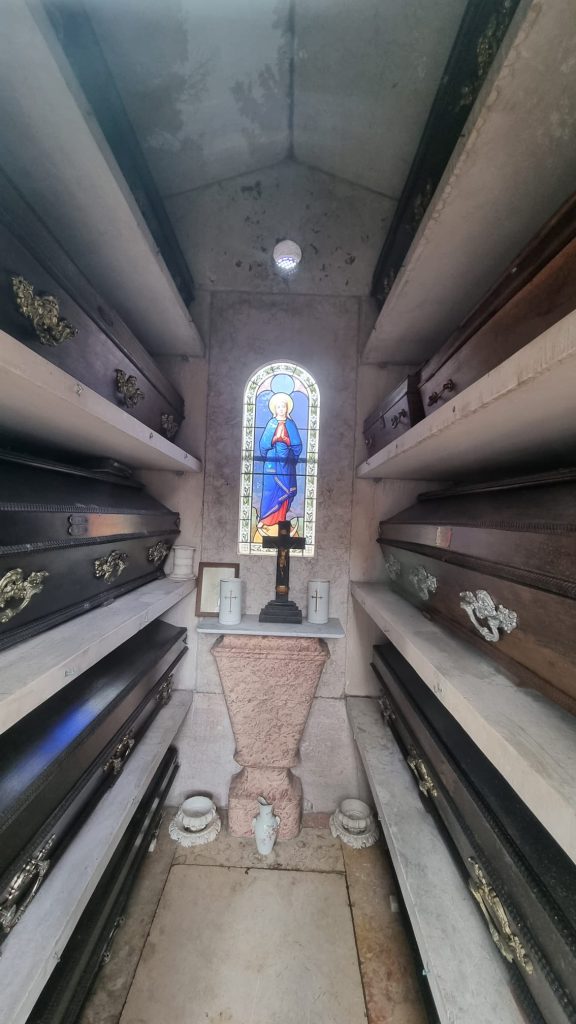
Next to the church is a room where dissections were performed and, to my surprise, the name of Dr. Sousa Martins, the holy doctor of Lisbon, appears again as one of the users. (see On the spot Lisbon 1)
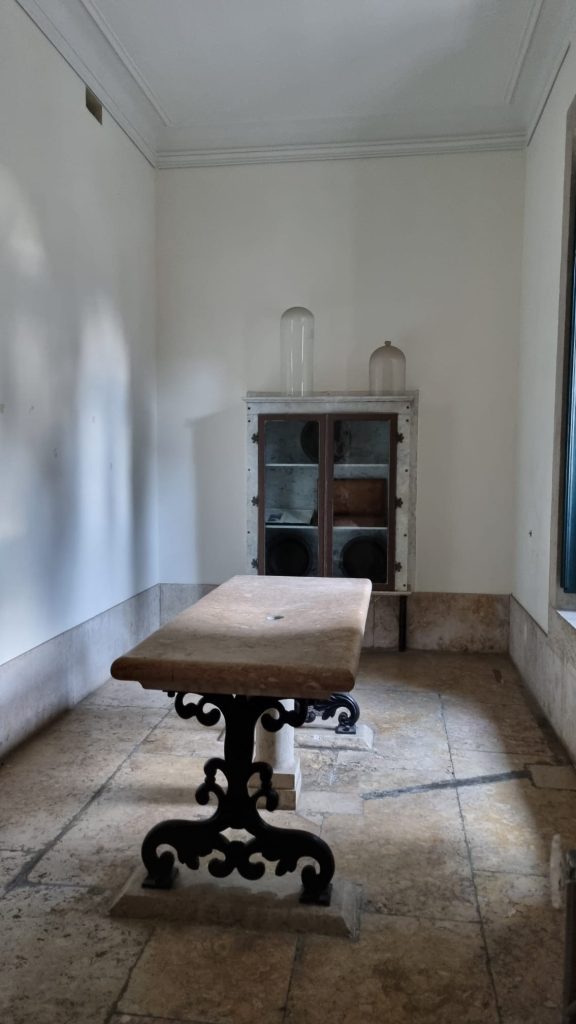
José Saramago, the Portuguese winner of the Nobel Prize for Literature, has the main character in his novel The Year of the Death of Ricardo Reis, an alter ego of Pessoa, the Brazilian doctor Ricardo Reis, visit the grave of his creator in this cemetery.

Saramago describes the visit as follows:
When Ricardo Reis arrived at the cemetery, the bell in the gate rang, clanging with the sound of cracked bronze, like a rural farmhouse in the languid quiet of the siesta. A handcart moved away with swaying funeral curtains, followed by a group of dark figures, women wrapped in black shawls and men in wedding suits, carrying white chrysanthemums in their arms, while whole bouquets of these flowers adorned the bier; even flowers do not all suffer the same fate. The handcart disappeared into the back of the cemetery and Ricardo Reis made his way to the administration office, the register of the dead, to ask where the grave of Fernando António Nogueira Pessoa was, who had died on the thirtieth of the previous month and been buried on the second of the current month, laid to rest in this cemetery until the end of time, when God would awaken the poets from their temporary death. The clerk realizes that he has a cultured, distinguished person in front of him and explains everything diligently, giving him the street and the number, because this is just like a city, sir, and because he gets tangled up in his own directions, he comes out from behind the counter, steps outside and points, now very decisively, to that avenue, all the way down, at the corner turn right and then straight ahead, the grave is on the right about two-thirds of the way down the street, but watch out, because it’s a small stone, you could easily walk right past it.
(….)
Ricardo Reis walked past the grave he was looking for, there was no voice calling him, Psst, here it is, and yet there are still people who stubbornly claim that the dead talk. Woe to those dead if they didn’t have a plaque, a name in stone, a number, just like the doors of the living, just to be able to find them, it was worth learning to read. Imagine an illiterate person, one of the many we have, you should take him there and say, “Here it is.” Perhaps he would look at you suspiciously, wondering if you were trying to fool him, if through your mistake or malice he would end up praying for Montecchio when Capuletto lies there, for Mendes when it is Gonçalves.
The concession certificate, Family tomb of Dona Dionisia de Seabra Pessoa, is carved on the frontispiece, under the protruding eaves of this guardhouse where the sentry, a romantic figure, is sleeping. Below, at the level of the lower hinge of the door, another name, nothing more: Fernando Pessoa, with his date of birth and death, and the gilded curve of an urn that says, I lie here, and Ricardo Reis repeats aloud, not knowing that he has heard it, He lies here, at that moment it starts to rain again. He has come from so far away, from Rio de Janeiro, has sailed many days and nights across the waves of the sea, that journey now seems so close and so far away, and what is he doing here now, at dinner time, in this street, all alone with his umbrella raised between houses of the dead, in the distance the false sound of the bell can be heard, he had expected that when he arrived here and touched that iron gate, he would feel a shock deep in his soul, a tearing, an inner earthquake, large cities collapsing in silence because we are not there, with sagging portals and white towers, and in the end it is only a slight burning sensation in his eyes, so fleeting that he did not even have time to think about it and be moved by the thought.
This fantastic novel in honor of Pessoa shows how deserving Saramago was of the Nobel Prize. Ricardo Reis, Pessoa’s creation, who still sees him occasionally, but increasingly vaguely, is himself doomed now that his creator is no longer there. It is also a novel in which Lisbon plays an important role, at a time when the Second World War is about to break out. The Portuguese dictatorship is dissected in an inimitable way. A beautiful novel.
We will encounter Saramago again in another part of Lisbon.
What is a problem in our time is that Pessoa is no longer here. The family tomb where he once lay is still there, but like the famous Amalia Rodrigues, the fado singer, the famous writer has been reburied in Belém, which is also the last stop on our Pessoa journey.
After a stroll through the cemetery, we return to the entrance. Here, by the way, there are toilets if nature calls. One last tip is that Campo Ourique, as the start/end point of the tram, is the perfect place to grab a seat by the open window on a yellow tram and enjoy the entire ride to Praça Martim Moniz, right through Alfama and its steep and winding streets. The ride takes at least 45 minutes.
5. Pessoa’s grave, now
Location: Mosteiro dos Jeronimos
Address: Empire Square · 1400-206 Lisbon
How to get there: tram 15E
Open: Tuesday to Sunday 9:30 a.m. to 5:30 p.m. (last admission at 5:00 p.m.)
Cost: €18. Online booking recommended
From Praça Martim Moniz, it is only a short walk to Praça Figueira. This is where tram 15E starts. Unfortunately, it is not usually a yellow tram, but a modern tram heading towards Belem. The tram follows the banks of the Tagus River. If you are not in a hurry, you can get off at the Cais Rocha stop to visit the Museu Nacional de Arte Antiga. This museum has a magnificent painting by Hieronymus Bosch.
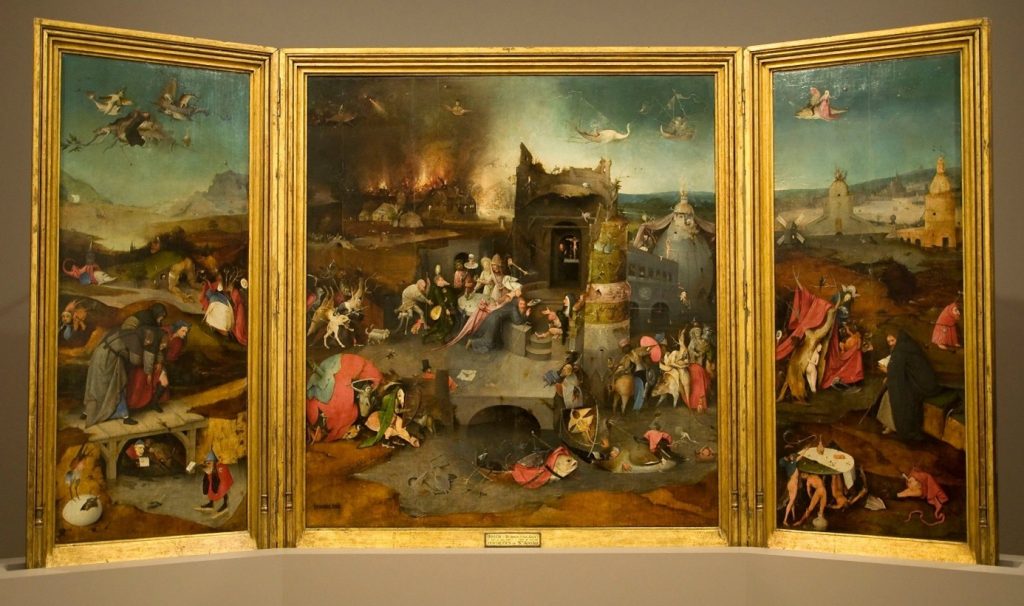
The Temptation of Saint Anthony. There is a somewhat paler copy in Brussels. Definitely worth a visit, but you can also save this for the return trip.
Return to the tram stop. Get off at the final stop in Belem. There are a number of interesting things to see in Belem: a museum of modern art, definitely worth a visit, a botanical garden, a bakery, the only place, according to locals, where you can get authentic pastel de nata, a tower, formerly the departure point of the great Portuguese maritime company, a monument commemorating this

and the building we want to visit, the Mosteiro dos Jeronimos. The few times I’ve been there, there were long queues. It’s a good idea to buy tickets in advance.
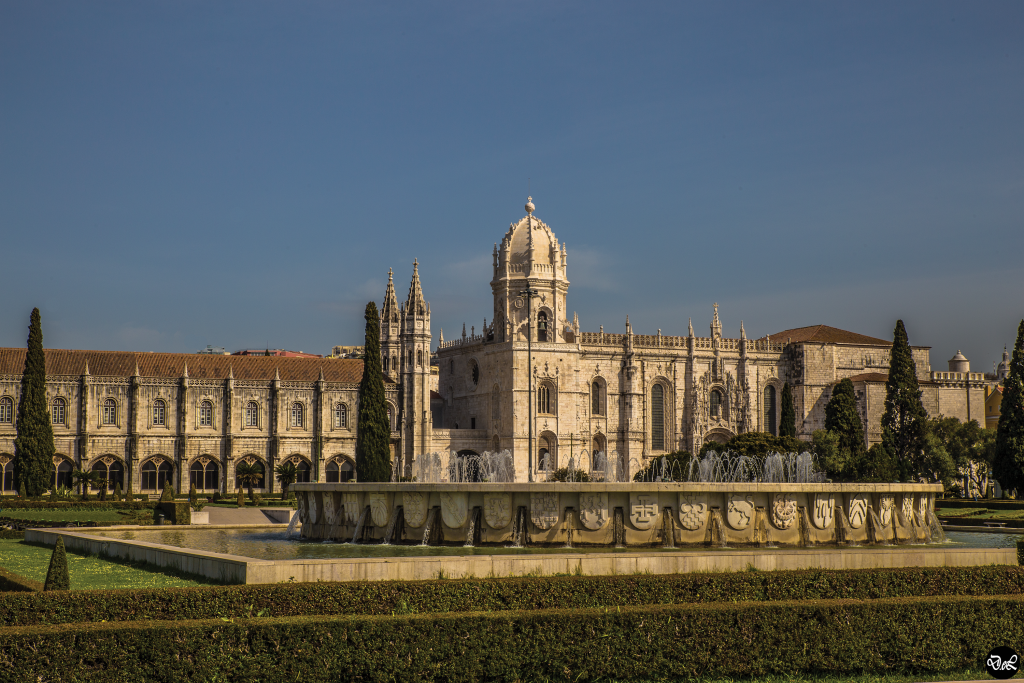
Once inside, you are overwhelmed by the rich architecture. The monastery dates from the 16th century, the era of the great discoveries: along the Cape of Good Hope to India (Vasco da Gama), to America (Columbus), Portugal, a small country, flourished and was present all over the world.

And Fernando is buried in that monastery. You could almost say that this monastery is the Pantheon of Portugal, were it not for the limited number of famous people buried there. Moreover, Luis de Camões is only symbolically buried here.
I would have expected that for such a versatile person as Pessoa, who had 81 heteronyms, something less boring, something more modern, could have been thought up. Both in terms of how it looks and in terms of the surroundings. Unlike at Cemitério dos Prazeres, there is no one around to chat with.

I don’t envy Fernando.